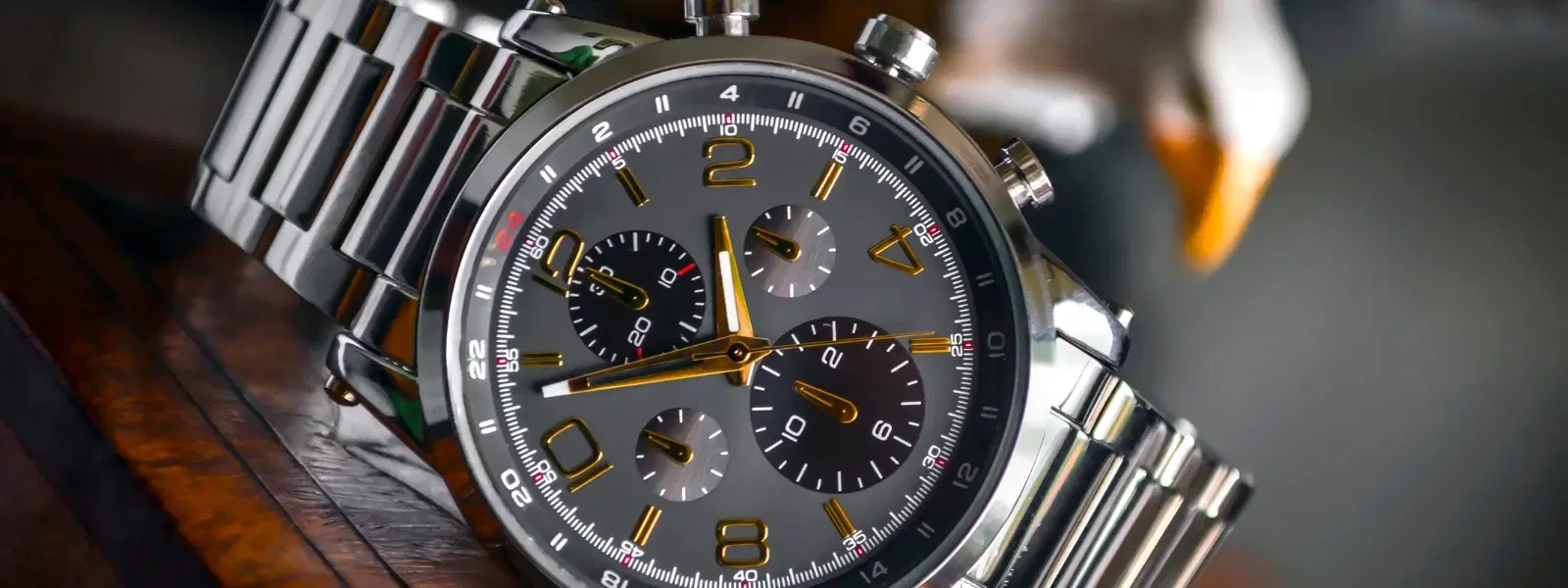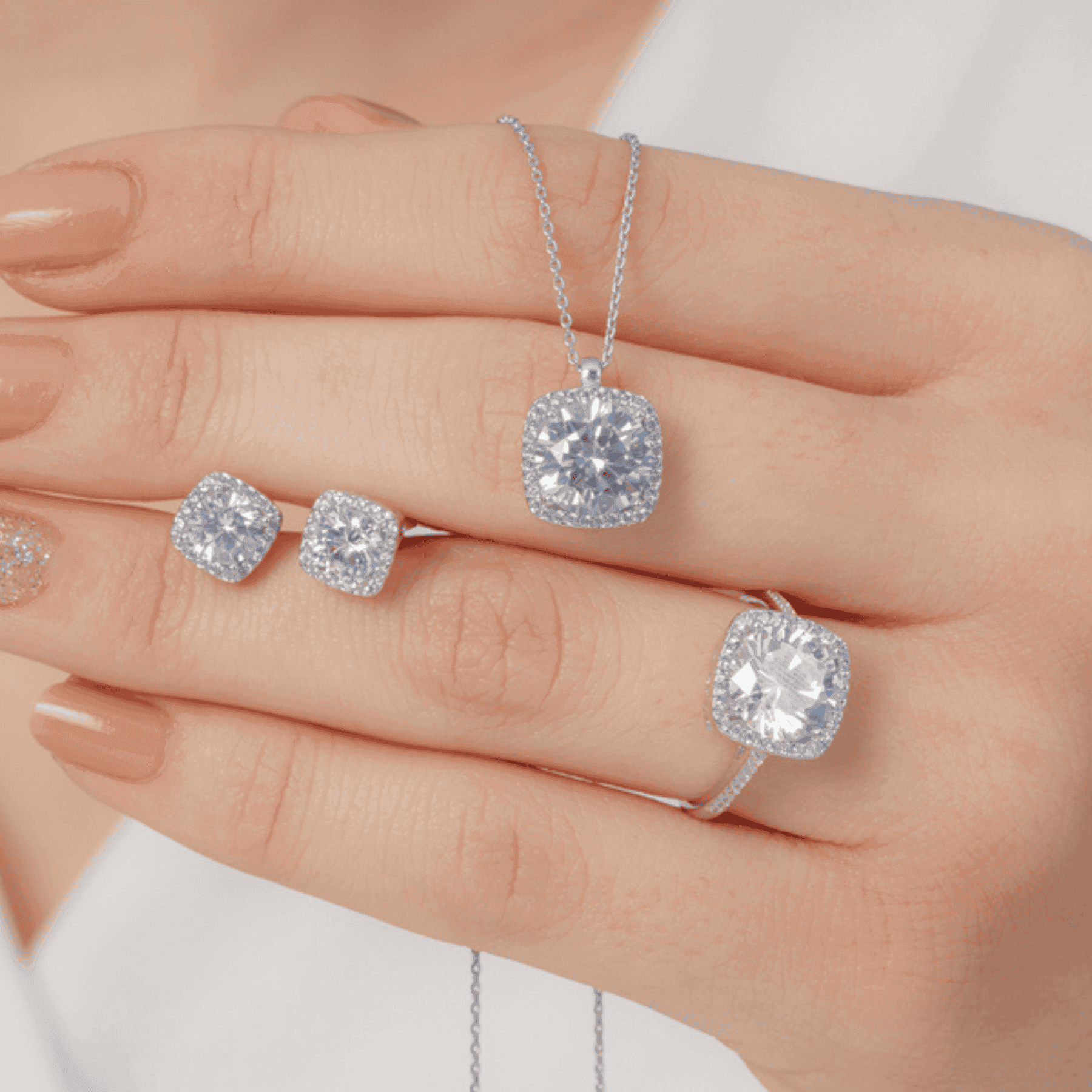
Watches & Jewellery
•03 min read

Vintage timepieces and antique watches are often used interchangeably, yet they reveal distinct qualities that make them special for collectors, enthusiasts, and anyone who values classic wristwatches. In this post, we explore the unique features, historical contexts, and design nuances of vintage timepieces and antique watches while also diving into retro watch designs, timeless watch styles, and collectible timepieces. Readers will gain a clear understanding of how these two categories differ and how to choose the right piece for personal style and investment.
Vintage timepieces hold a special place in the world of horology. These watches, typically manufactured between 20 to 50 years ago, capture a nostalgic appeal that resonates with self-expression and identity. They are celebrated for their sleek, retro watch designs that combine classic wristwatches and a modern charm. The design characteristics of vintage timepieces emphasize mechanical watches, offering minimalistic aesthetics and a refined allure. Moreover, luxury vintage watches frequently appreciate in value due to their unique design and strong connection with heritage watch brands, making them a popular choice among collectors.
Antique watches are defined by more stringent criteria that honor history and craftsmanship. These timepieces are typically over 100 years old and include gems such as pocket watches and old-fashioned wristwatches. Antique watches are steeped in historical significance, often marking milestones in watchmaking—ranging from the transition of pocket watches to wristwatches, to the evolution of mechanical watches. Their collectibility is enhanced by rarity and the craftsmanship of a bygone era, making these pieces prized collectibles for historians and enthusiasts alike.
While both vintage timepieces and antique watches are cherished for their unique designs, there are fundamental differences. Vintage timepieces are often more modern compared to antique watches, which are steeped in history. The design evolution of vintage watches focuses on retro aesthetics and timeless watch styles, whereas antique watches showcase ornate detailing and craftsmanship that reflects an earlier era. Luxury vintage watches typically appeal to a broader audience with a focus on style and accessibility, while antique watches are more niche, catering to collectors who appreciate deep historical roots and intricate design work.

Insight Corner: The Investment Potential of Collectible Timepieces
Did you know that both vintage timepieces and antique watches can be brilliant investment options? Vintage watches crafted by heritage watch brands are sought after for their enduring style and potential to appreciate in value. Meanwhile, antique watches, revered as collectible timepieces, often fetch high prices in auctions owing to their rarity and historical importance. Recognizing these nuances can help you build a collection that is both stylish and valuable.
Diverse brand associations and design trends characterize both vintage and antique watches. In the vintage category, many enthusiasts are drawn to pieces featuring retro watch designs and mechanical watches that blend functionality with vintage aesthetics. Often, heritage watch brands stand out by offering pre-owned luxury watches and classic wristwatches that reflect a story of passion and innovation. On the other hand, antique watches bring forward richly detailed craftsmanship. These old-fashioned wristwatches, including pocket watches and intricately designed models, emphasize artistic expression and historical narratives, offering a window into a lost era of watchmaking.
Selecting the perfect timepiece depends on personal taste, budget, and intended use. If you desire a wearable piece that makes a style statement through retro watch designs, vintage timepieces can be an ideal choice. They not only offer classic aesthetics but are also more accessible in terms of price. Conversely, if you are a dedicated collector or historian with a passion for heritage and historical significance, antique watches could be the preferred option. When exploring both options, it is important to purchase from reputable sources to ensure you're acquiring authentic watches. Additionally, keep in mind that mechanical watches, regardless of being vintage or antique, require regular servicing to maintain functionality and value.

Yes, vintage watches can hold significant value, especially models that combine retro watch designs with mechanical movements from well-regarded heritage watch brands.
Vintage timepieces often come from heritage watch brands known for their timeless watch styles, including names celebrated for their classic wristwatches and mechanical watches.
A 20-year-old mechanical watch generally falls under the vintage category, particularly if it exhibits retro watch designs and carries historical significance within watchmaking.
The journey through vintage timepieces and antique watches reveals a rich tapestry of design, innovation, and history. While vintage watches enchant with their accessible retro designs and modern appeal, antique watches draw admiration for their historical and intricate craftsmanship. Understanding these differences empowers collectors and style enthusiasts to select timepieces that resonate with personal taste and investment goals. Embracing these concepts allows you to explore a world where fashion meets heritage and self-expression finds a true companion in a timeless timepiece.